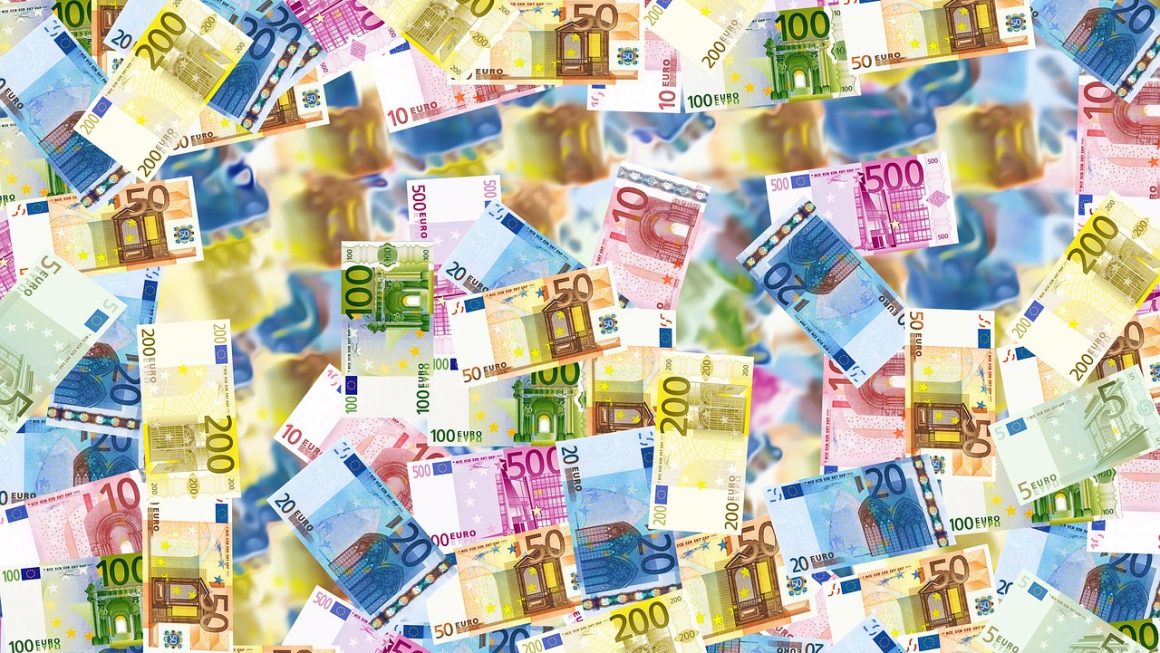Price. It’s more than just a number; it’s a powerful lever that can significantly impact your business’s profitability, market share, and brand perception. In today’s dynamic market, simply setting a price and sticking with it is a recipe for stagnation. The key to success lies in price optimization – a data-driven, strategic approach to finding the ideal price point that maximizes your business goals. This blog post dives deep into the world of price optimization, providing actionable insights and strategies to help you unlock your pricing potential.
Understanding Price Optimization
What is Price Optimization?
Price optimization is the science of determining the most profitable price for your products or services, taking into account various factors like demand, competition, cost, and customer behavior. It moves beyond simple cost-plus pricing and embraces a more dynamic and sophisticated approach.
- It involves analyzing vast amounts of data to identify patterns and trends.
- It requires testing different pricing strategies to see what resonates best with customers.
- It’s a continuous process of refinement and adjustment based on real-time market conditions.
Price optimization software often plays a key role, automating the process of analyzing data and suggesting optimal prices.
Why is Price Optimization Important?
Effective price optimization offers a multitude of benefits, impacting various aspects of your business:
- Increased Revenue and Profitability: By finding the “sweet spot” in pricing, you can maximize both sales volume and profit margins. Even small percentage increases in price can lead to significant revenue gains. For example, a study by McKinsey found that a 1% improvement in pricing can boost operating profits by as much as 11%.
- Improved Competitive Advantage: Understanding your competitors’ pricing strategies allows you to position your products or services effectively, whether that means undercutting them on price or emphasizing unique value propositions.
- Better Inventory Management: Price adjustments can help you clear out excess inventory and prevent stockouts, optimizing your supply chain. For instance, a retailer might offer discounts on seasonal items at the end of the season to avoid holding onto them until the following year.
- Enhanced Customer Understanding: The data collected during price optimization provides valuable insights into customer behavior, preferences, and price sensitivity.
- Enhanced ROI from Marketing Campaigns: Price optimization can make your marketing campaigns more effective by ensuring your prices are aligned with your target audience’s willingness to pay.
Common Pricing Strategies
While price optimization ultimately leads to finding the optimal price, understanding common pricing strategies is crucial:
- Cost-Plus Pricing: Adding a fixed markup to the cost of production. Simple, but doesn’t consider market demand or competition.
- Competitive Pricing: Setting prices based on what competitors are charging. Requires constant monitoring of the market.
- Value-Based Pricing: Setting prices based on the perceived value of your product or service to the customer. Requires a deep understanding of customer needs and willingness to pay.
- Dynamic Pricing: Adjusting prices in real-time based on factors like demand, seasonality, and competitor pricing. Common in industries like airlines and hotels.
- Psychological Pricing: Using pricing techniques that appeal to customers’ emotions and perceptions (e.g., ending prices in .99).
Data and Technology for Price Optimization
The Importance of Data
Data is the fuel that powers price optimization. Without accurate and comprehensive data, it’s impossible to make informed pricing decisions. Key data points to consider include:
- Historical Sales Data: Past sales performance, including pricing, promotions, and seasonality.
- Customer Data: Demographics, purchase history, loyalty program participation, and website behavior.
- Competitor Data: Competitors’ pricing, promotions, and product offerings. Tools like web scraping can automate this process.
- Market Trends: Overall market conditions, economic indicators, and emerging trends in your industry.
- Cost Data: Costs of goods sold, operating expenses, and marketing costs.
Leveraging Price Optimization Software
Price optimization software is a powerful tool that can automate the process of data analysis, price modeling, and price recommendation. These solutions often use sophisticated algorithms and machine learning techniques to identify optimal price points.
- Features to Look For:
Data integration capabilities (ability to connect to various data sources)
Price modeling and simulation capabilities
A/B testing features
Competitor price monitoring
Reporting and analytics dashboards
Customization options to tailor the solution to your specific business needs
- Examples of Price Optimization Software: Many vendors exist including:
PricingHub
Competera
Skuuudle
Implementing A/B Testing
A/B testing is a crucial part of the price optimization process. It involves testing different price points on a subset of your customers to see which performs best.
- How to Run an Effective A/B Test:
Define a clear hypothesis: What do you expect to happen when you change the price?
Choose a representative sample of your customers.
Track key metrics like conversion rate, average order value, and revenue.
Analyze the results and implement the price point that performs best.
Be mindful of test duration to achieve statistically significant results.
Best Practices for Price Optimization
Customer Segmentation
Not all customers are created equal. Segmenting your customers based on their characteristics and behaviors allows you to tailor your pricing strategy to their specific needs and willingness to pay.
- Segmentation Criteria:
Demographics (age, location, income)
Purchase history
Loyalty program status
Price sensitivity
Behavioral patterns (e.g., frequency of purchases, average order value)
For instance, a luxury brand might offer exclusive discounts to its VIP customers while maintaining higher prices for new customers.
Considering Psychological Pricing
Psychological pricing techniques can significantly impact customer perception and purchase decisions.
- Common Techniques:
Charm Pricing: Ending prices in .99 (e.g., $9.99 instead of $10.00) – creates the illusion of a lower price.
Prestige Pricing: Setting prices at a high level to convey quality and exclusivity.
Odd-Even Pricing: Using odd numbers (e.g., $19.97) to create a sense of value.
Bundle Pricing: Offering multiple products or services together at a discounted price.
Decoy Pricing: Introducing a third, less attractive option to make another option seem more appealing.
Communicating Value
It’s crucial to communicate the value of your product or service to justify your pricing. This is especially important when you’re charging a premium price.
- Highlighting Benefits: Focus on the benefits that your customers will receive, rather than just the features of your product.
- Social Proof: Use customer testimonials, reviews, and case studies to demonstrate the value of your product.
- Guarantees and Warranties: Offer guarantees and warranties to reduce the perceived risk of making a purchase.
Avoiding Common Pitfalls
Ignoring Customer Perception
Price is not just a number; it’s a reflection of your brand and your relationship with your customers. Ignoring customer perception can lead to negative consequences, such as decreased customer loyalty and brand damage.
- Considerations:
How does your pricing compare to your competitors?
Are your prices perceived as fair and reasonable?
Are you providing enough value to justify your prices?
Focusing Solely on Price
While price is important, it’s not the only factor that influences customer purchase decisions. Focusing solely on price can lead to a race to the bottom, eroding your profit margins and devaluing your brand.
- Focus on Value Proposition:
Differentiation based on product quality, customer service, or unique features
Building brand loyalty
Creating a positive customer experience
Static Pricing
In today’s dynamic market, static pricing is a recipe for disaster. Prices need to be adjusted regularly to reflect changes in demand, competition, and market conditions.
- Implement Dynamic Pricing Strategies:
Monitor market trends and competitor pricing.
Use price optimization software to automate price adjustments.
* Run A/B tests to continuously refine your pricing strategy.
Conclusion
Price optimization is an ongoing journey, not a one-time event. By embracing a data-driven approach, leveraging the right technology, and focusing on customer value, you can unlock the full potential of your pricing strategy and drive significant improvements in your business’s profitability and competitiveness. Remember to continuously monitor your results, adapt to changing market conditions, and always keep the customer in mind. The rewards are well worth the effort.




